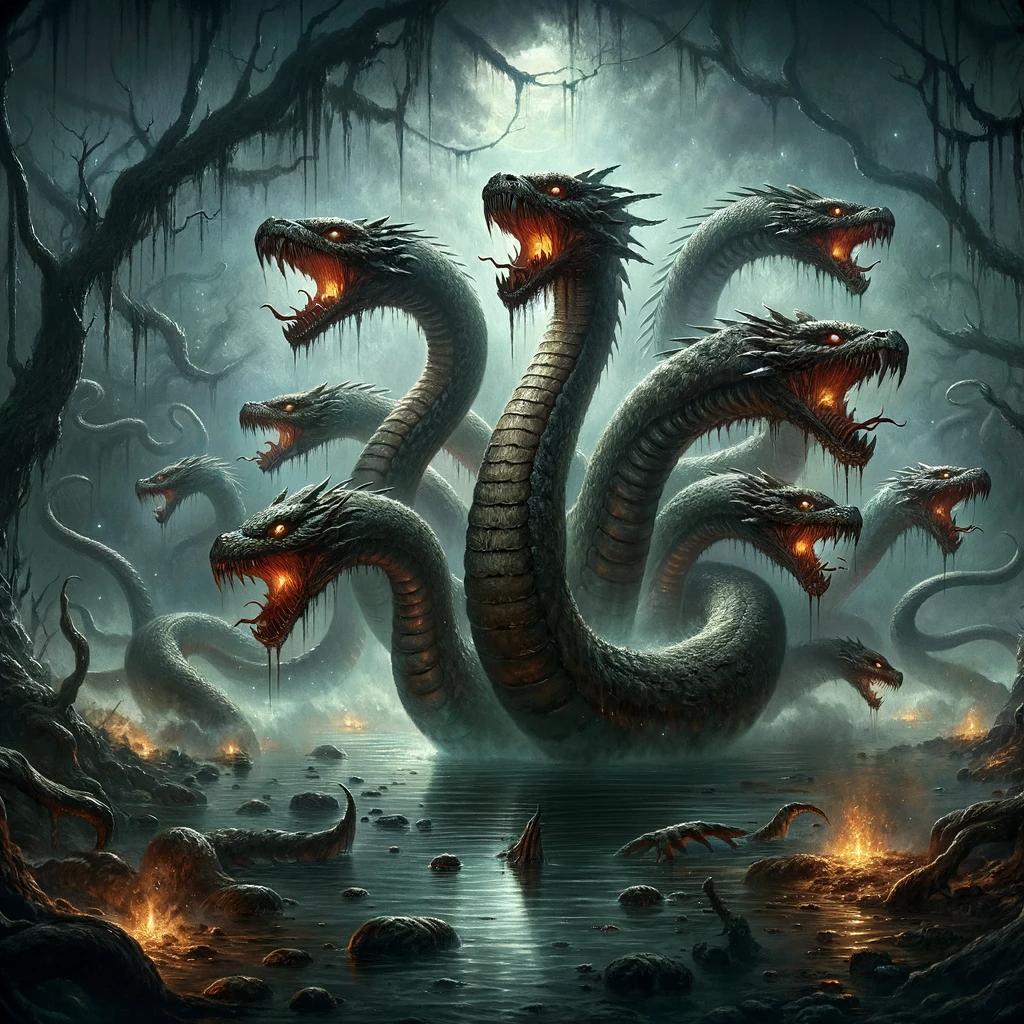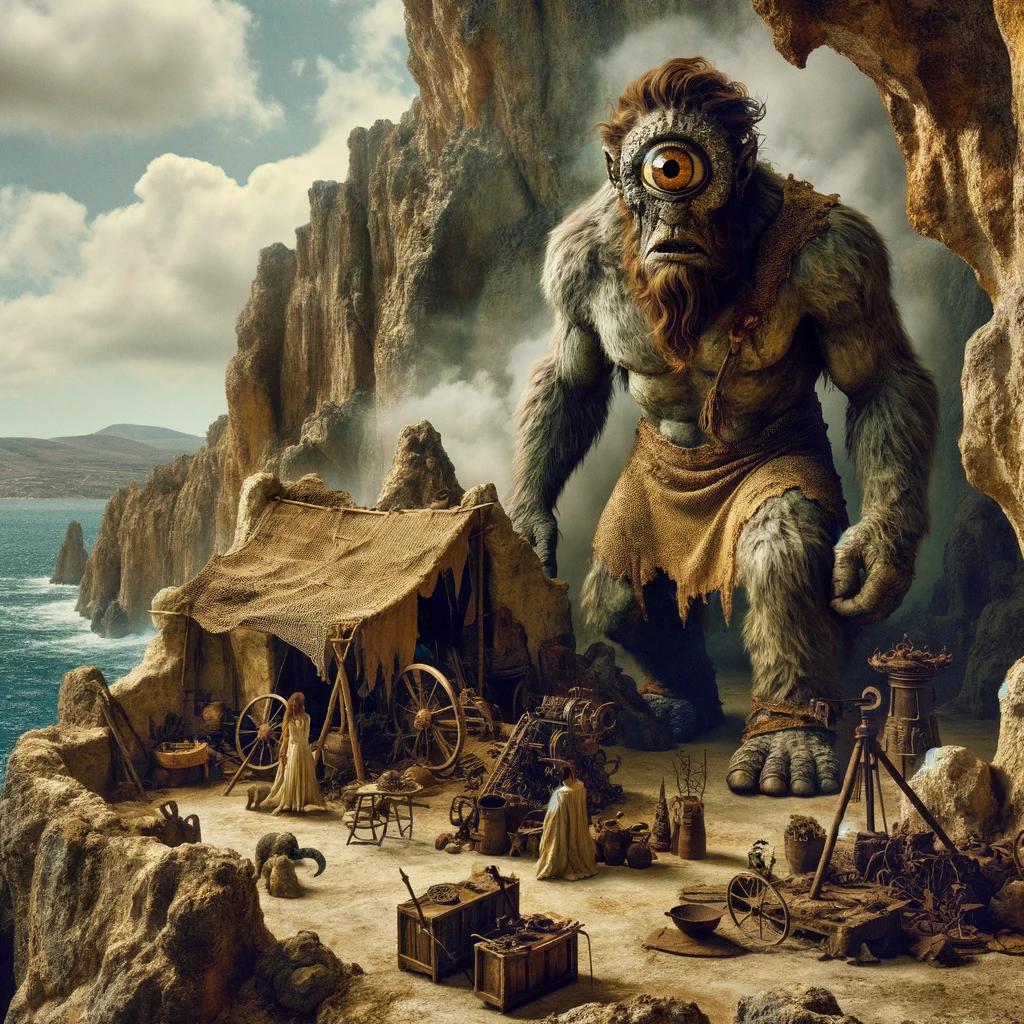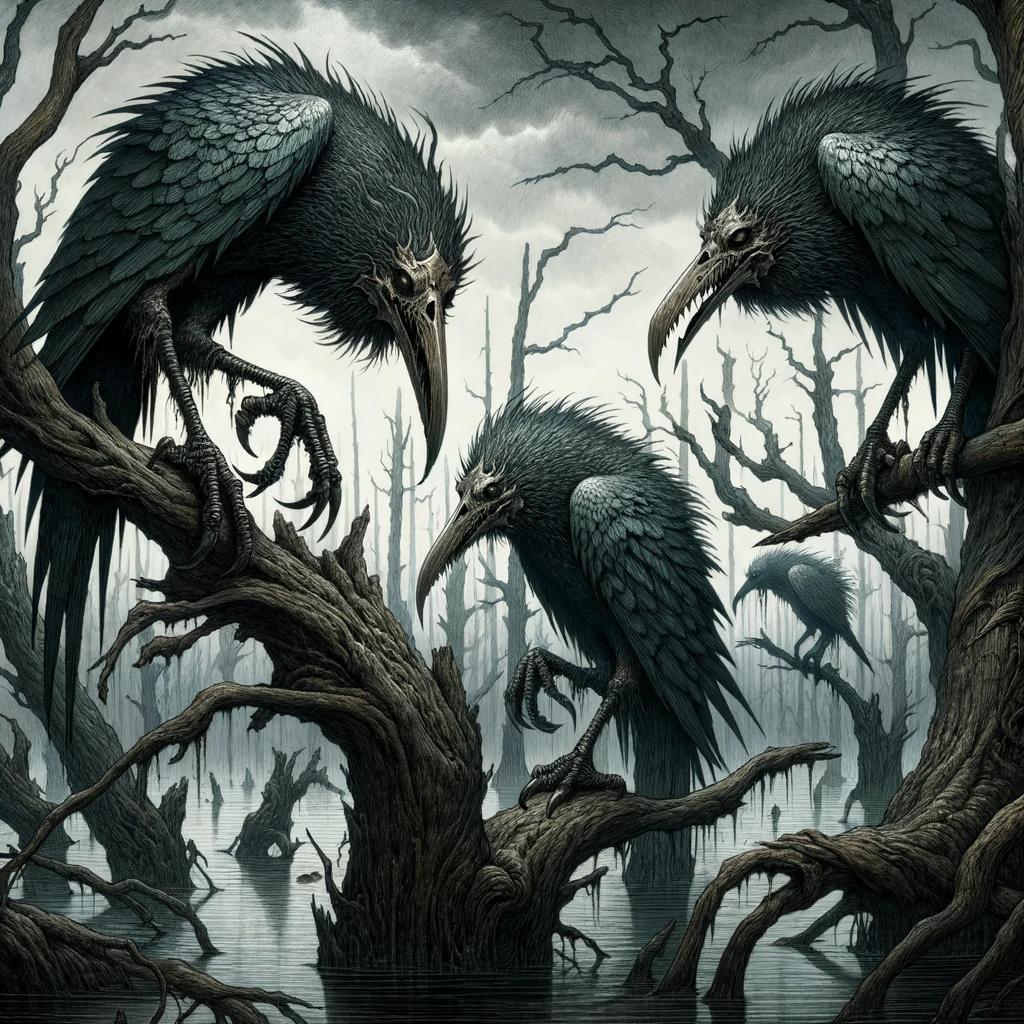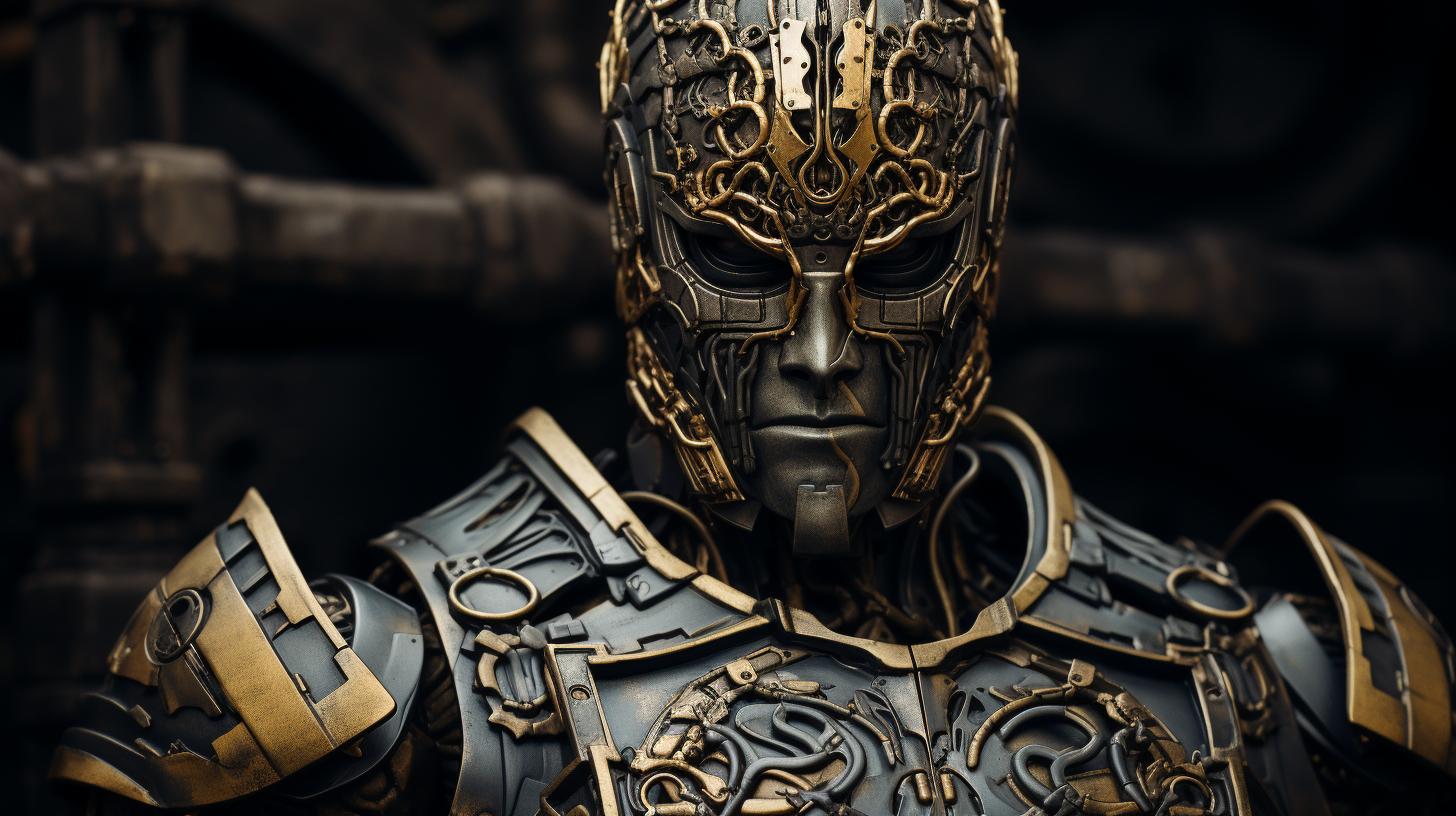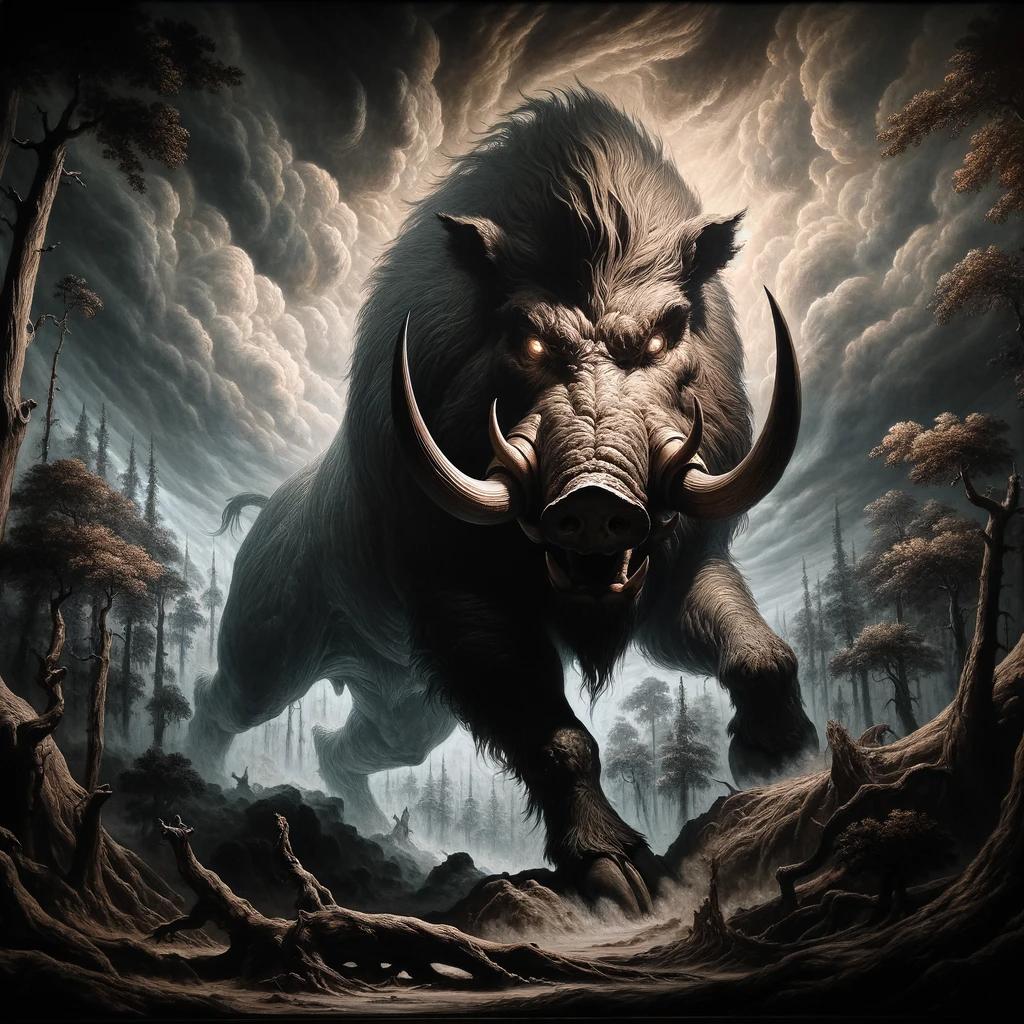The Hydra Greek Mythology: A Fascinating Tale of Adventure and Regeneration
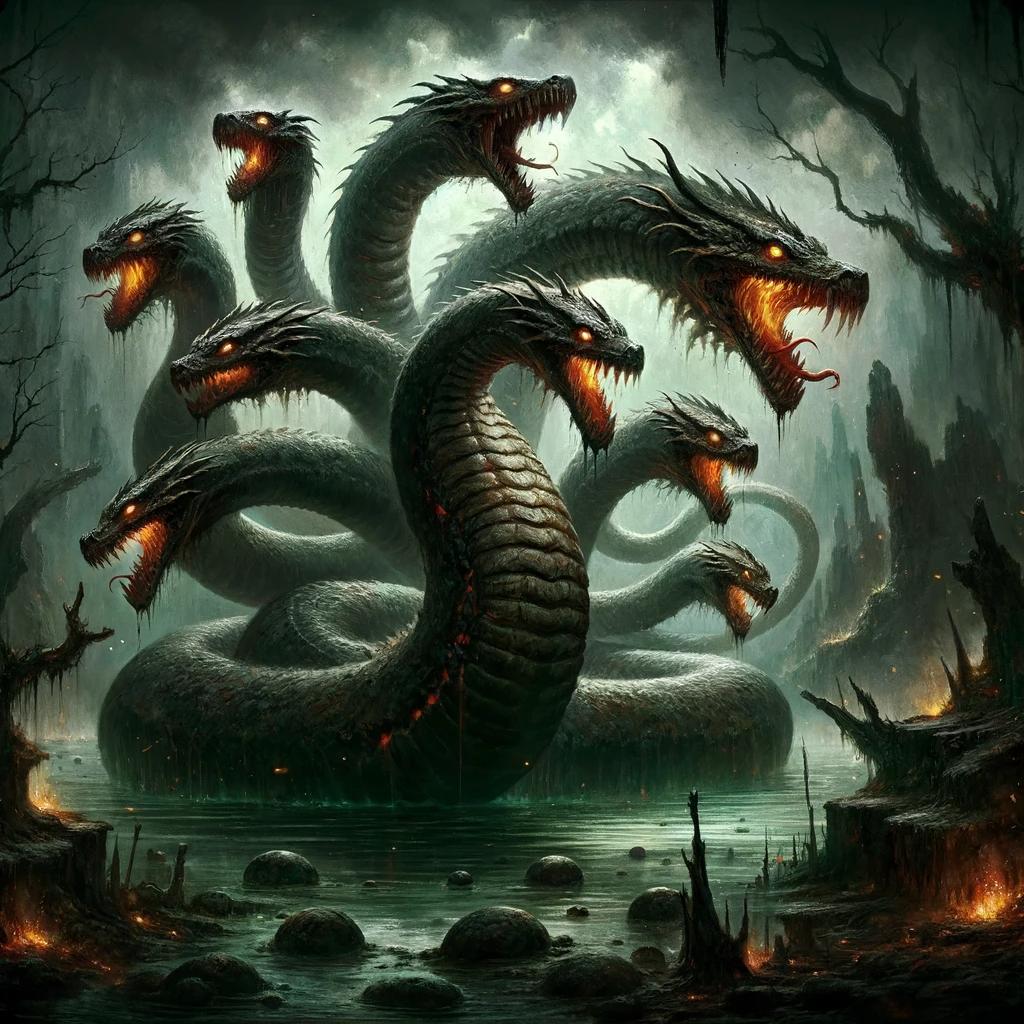
The Hydra is a legendary creature in Greek mythology. Descended from Typhon and Echidna, it is a massive aquatic serpent with multiple heads, including one immortal head with deadly breath and venomous blood.
Known for its regenerative abilities, the Hydra posed a great threat to the region of Lerna. Hercules took on the challenge of defeating this formidable monster as one of his Twelve Labors.
This article explores the origins, characteristics, and intriguing tales surrounding the Hydra, as well as its portrayal in ancient art and its connections to Near Eastern mythology.
The Hydra in Greek Mythology
The Hydra is a prominent creature in Greek mythology, known for its fearsome characteristics and its connection to the hero Hercules. This section explores the origins, description, and legends surrounding the Hydra, shedding light on its significance in ancient Greek mythology.
Origins and Description of the Hydra
The Hydra is believed to be the offspring of the monstrous Typhon and Echidna, a half-woman, half-serpent creature. It is described as a gigantic aquatic serpent with multiple heads, although the exact number of heads varies in different sources.
One of the Hydra’s heads is said to be immortal, with venomous breath and blood.
The Lernaean Hydra: A Menace to the Region
The Hydra dwells in the swamps of Lerna, near Argos, where it poses a constant threat to the local population and their livestock. Periodically, the Hydra emerges from its lair to attack the people and animals of the region, spreading fear and destruction.
Hercules and the Twelve Labors: Defeating the Hydra
The Hydra’s ability to regenerate its heads made it a formidable opponent and led to its inclusion as one of Hercules’ Twelve Labors. Seeking to conquer this relentless creature, Hercules enlisted the help of his nephew Iolaus.
Together, they devised a strategy to defeat the Hydra.
- The Decapitation Strategy: Hercules would cut off each mortal head, while Iolaus cauterized the wounds to prevent regeneration.
- Cauterization: Preventing Regeneration: By applying heat to the Hydra’s necks after decapitation, Iolaus successfully hindered the monstrous serpent’s regrowth.
- Defeating the Immortal Head: Hercules eventually managed to sever the immortal head and buried it beneath a heavy rock, finally ending the Hydra’s reign of terror.
- Tragic Consequences: Hercules’ Demise: Unknowingly, Hercules dipped his arrows in the Hydra’s venomous blood, resulting in his own tragic fate years later.
The tales of Hercules’ epic battle with the Hydra continue to captivate and inspire audiences, showcasing the hero’s strength and ingenuity in overcoming seemingly insurmountable challenges.
Stay tuned for the next section, where we delve into fascinating facts and characteristics of the Hydra, shedding light on its unique abilities and habitat.
Hydra Facts and Characteristics
Hydra, a legendary creature in Greek mythology, possesses fascinating characteristics that set it apart from other mythical beasts. Let’s delve into the unique traits of this formidable serpent:
Regeneration Abilities of the Hydra
The most renowned feature of the Hydra is its remarkable ability to regenerate.
According to ancient texts, when one of its heads is severed, two new heads emerge in its place. This incredible regenerative power made the Hydra an almost unbeatable adversary, as redundant heads would multiply exponentially during battles.
Venomous Breath and Blood
Not only did the Hydra possess numerous heads, but one of them was also endowed with lethal venom. The creature could breathe out toxic fumes capable of causing immense harm. Its blood was equally dangerous, dripping with a potent poison that could prove fatal to those unfortunate enough to come in contact with it.
Habitat and Behavior of the Hydra
The Hydra typically made its habitat in the murky swamps of Lerna, near Árgos. From this dwelling, it would emerge periodically to terrorize the local populace and their livestock. The creature’s aggressive behavior and insatiable hunger for destruction earned it a notorious reputation as a menace to the region.
Despite its fearsome nature, the Hydra’s presence in Greek mythology serves as a testament to the ancient Greeks’ fascination with both the mythical and the supernatural. Its captivating combination of regenerative powers, venomous attributes, and menacing behavior continues to captivate audiences to this day.
How Many Heads Does a Hydra Have?
The number of heads the Hydra possesses is a topic of debate and variation in Greek mythology. While the exact number may differ depending on different sources and authors, it is generally agreed upon that the Hydra has multiple heads.
Alceo, an ancient poet, wrote that the Hydra had nine heads, while Simónides, another poet, increased the count to fifty. These differing accounts showcase the fluidity and adaptability of mythological stories.
In the tales of Hercules and his battle against the Hydra, it is emphasized that whenever one head is severed, two more would sprout in its place. This ability to regenerate heads made the Hydra an exceptionally formidable opponent.
The ever-growing number of heads presented an immense challenge to Hercules during his endeavor to complete his Twelve Labors. It required the aid of his nephew Iolaus, who assisted him in cauterizing the wounds to prevent further regeneration.
Hercules’ Battle with the Hydra
In the epic tale of the Hydra, Hercules teams up with his nephew Iolaus to face this fearsome creature. Their combined strength and strategy prove to be a powerful force against the monster’s regenerative abilities.
Hercules and Iolaus: A Powerful Team
Hercules recruits the assistance of his loyal nephew Iolaus for the daunting task of battling the Hydra. With Hercules’ immense strength and Iolaus’ cleverness, they form an unstoppable duo.
The Decapitation Strategy
Aware of the Hydra’s ability to grow two heads for each one cut, Hercules focuses on decapitating the monster. With every head severed, two more emerge, demanding a precise and strategic approach to eliminate the threat.
Cauterization: Preventing Regeneration
To impede the Hydra’s regeneration, Iolaus cauterizes the stump of each decapitated head. By searing the wounds, they prevent new heads from sprouting, gradually weakening the creature.
Defeating the Immortal Head
As the battle progresses, Hercules locates the immortal head of the Hydra. Recognizing the threat it poses, he ends its reign by cutting it off and ensuring its demise.
The immortality of this head makes its defeat all the more crucial for victory.
Tragic Consequences: Hercules’ Demise
In an unfortunate turn of events, Hercules’ use of the Hydra’s venomous blood on his arrows leads to his own demise. The poisoned arrows inadvertently cause his death at the hands of his wife, Deianira, fulfilling a tragic twist in the myth.
The battle with the Hydra showcases the strength, resilience, and ingenuity of Hercules and Iolaus, while also highlighting the perilous nature of their quest and the tragic consequences that unfold.
This legendary encounter and its aftermath forever leave a mark on Greek mythology and the story of Hercules.
The Hydra in Ancient Art and Mythology
Centuries of artistic depictions have portrayed the Hydra, showcasing its fearsome and iconic appearance. These representations provide valuable insights into the significance and symbolism associated with this mythical creature.
Earliest Representations of the Hydra
The earliest artistic representations of the Hydra date back to ancient times.
Bronze brooches from the 7th century BC feature engravings depicting the Hydra, showcasing its distinct characteristics, such as its multiple heads and formidable presence.
These early depictions emphasize the Hydra’s role as a menacing and monstrous creature, capturing the imagination of ancient audiences.
Symbolism and Cultural Significance
The Hydra holds deep symbolism within Greek mythology. Its multiple heads represent the relentless challenges and obstacles one may face in life, and the regenerative nature of the Hydra serves as a reminder of resilience and perseverance.
Moreover, the Hydra’s defeat by the hero Hercules symbolizes the triumph of good over evil and the power of bravery and ingenuity in overcoming adversity.
Connections with Near Eastern Mythology
The myth of the Hydra exhibits fascinating connections with ancient Near Eastern mythology.
Legends from Sumerian, Babylonian, and Assyrian religions celebrate the triumphs of deities like Ninurta, who defeated a seven-headed dragon and other monstrous creatures.
These parallels suggest possible cross-cultural influences and shared mythological themes, highlighting the interconnectedness of ancient civilizations.
The artistic portrayals, symbolism, and cross-cultural connections of the Hydra add depth and intrigue to the rich tapestry of Greek mythology, making it an enduring and captivating subject for artistic expression and scholarly exploration.
.

